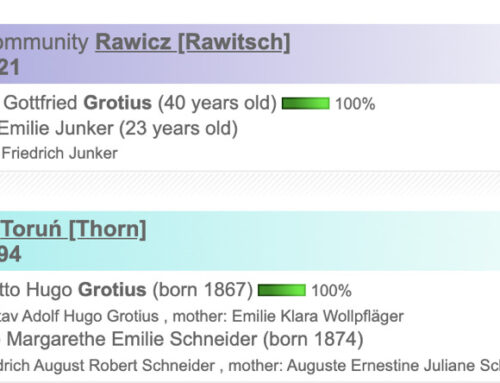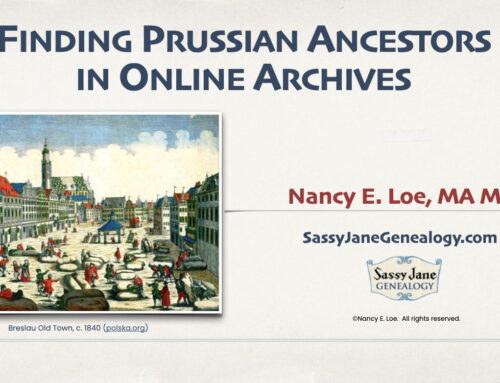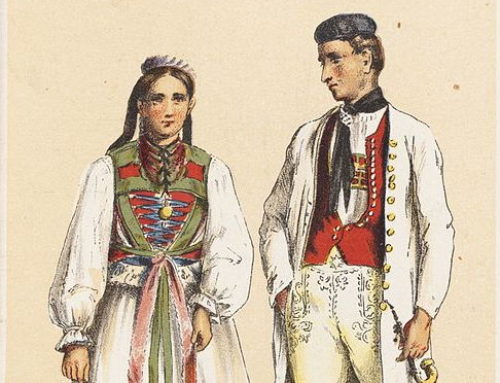The Barbara Tunnels (aka Barbarastollen) underground archive preserves Germany’s cultural heritage from man-made or natural disasters. The Barbarastollen is located in a disused mine near Freiburg im Breisgau, Baden-Württemberg, Germany. Approximately 31.2 million meters of microfilm (over 998 million images) have been filmed and stored from records in German archives and museums. This includes 8.2 million meters (about 244 million records) from the archive of the former GDR .
The German National Archives is using microfilm and tunnel storage for the long-term preservation of their records, including Bach’s handwritten manuscripts, blueprints of the Cologne Cathedral, and Hitler’s certificate of appointment as Chancellor.
Among the documents stored here on microfilm are:
- Treaty text of the Peace of Westphalia
- Bull by Pope Leo X threatening Martin Luther with excommunication
- Coronation document of Otto I
- Documents of Johann Wolfgang von Goethe
- Original building plans for Cologne Cathedral.
The official site notes:
The Barbarastollen tunnel is protected by the Hague Convention for the Protection of Cultural Property in the Event of Armed Conflict of UNESCO. It is a “refuge intended to shelter, in the event of armed conflict, the movable cultural property” according to article 1 sub-paragraph b. It is furthermore the only cultural property in Germany under special protection according to Chapter II of the convention, and one of only five such sites worldwide, the others being the Vatican City and three refuges in the Netherlands. …The entire complex is buried under 400 meters of rock. It is intended to survive a nuclear war. It is estimated that its contents should survive for at least 500 years without any serious damage.
The Barbara Tunnels method may seem unbearably old school in today’s digital world, but I couldn’t agree more with their analog strategy. Read about it here. The Flickr site for the Barbara Tunnels is located here.





Yikes is right – seriously, they’re still using DOS?
But I think I should have been clearer in this post: I’m not anti-digital. It’s just that I’m not anti-analog either.
I just discovered that the historical archive where I volunteer prefers microfilm over any digital approach. Of course, they have yet to trust any computer operating systems beyond DOS. Yikes!
I think it’s a great idea to transfer your home movies from film to digital. You’ll have to stay on top of how the digital motion picture format evolves, but home movies on film are vulnerable.
What I like about the German approach is that they’ll always have film to work from and that leaves their options open. Something even more miraculous than digital may lie ahead that we certainly can’t envision now.
And here I am, busily working to transfer family movies from film to DVD! Finding a way to store records in the most modern format is the challenge for me. We have shifted our movies, originally taken in the 1940s, from 8 mm. film to videotape and now to DVD and YouTube.
I once worked in the Microforms Division (microfilm, microfiche, microcard) of a large university library. We all marveled back then (in the 1970s) that the entire main library would, if all on microfiche, fit into a single shoebox. Now, it could be stored digitally and accessible to all researchers everywhere.
Back to the Barbara Tunnels–I hope they have some microfilm readers stored in there as well!
That part amazed me, I must say. Take the retrieval system with you!
Great link … Extremely interesting, especially about the longevity of microfilm. And I had to laugh at the idea of the vault being a disorganized place — terribly un-Teutonic!